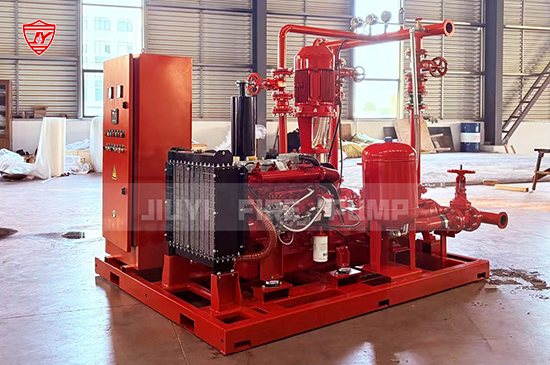A fire pump is a vital component of a fire protection system, designed to supply high-pressure water to sprinklers and standpipes in case of a fire emergency. Installed in buildings where the existing water supply is insufficient, fire pumps ensure an adequate water flow for effective firefighting.

Fire pumps activate when the sprinkler system detects a drop in pressure due to water discharge. This triggers the pump to draw water from a reliable source—such as a fire water tank or a city supply—boosting the pressure to meet fire protection requirements.
A well-maintained fire pump is crucial for a fire suppression system to function effectively. Understanding how fire pumps work can help building owners and fire safety professionals ensure proper fire protection.